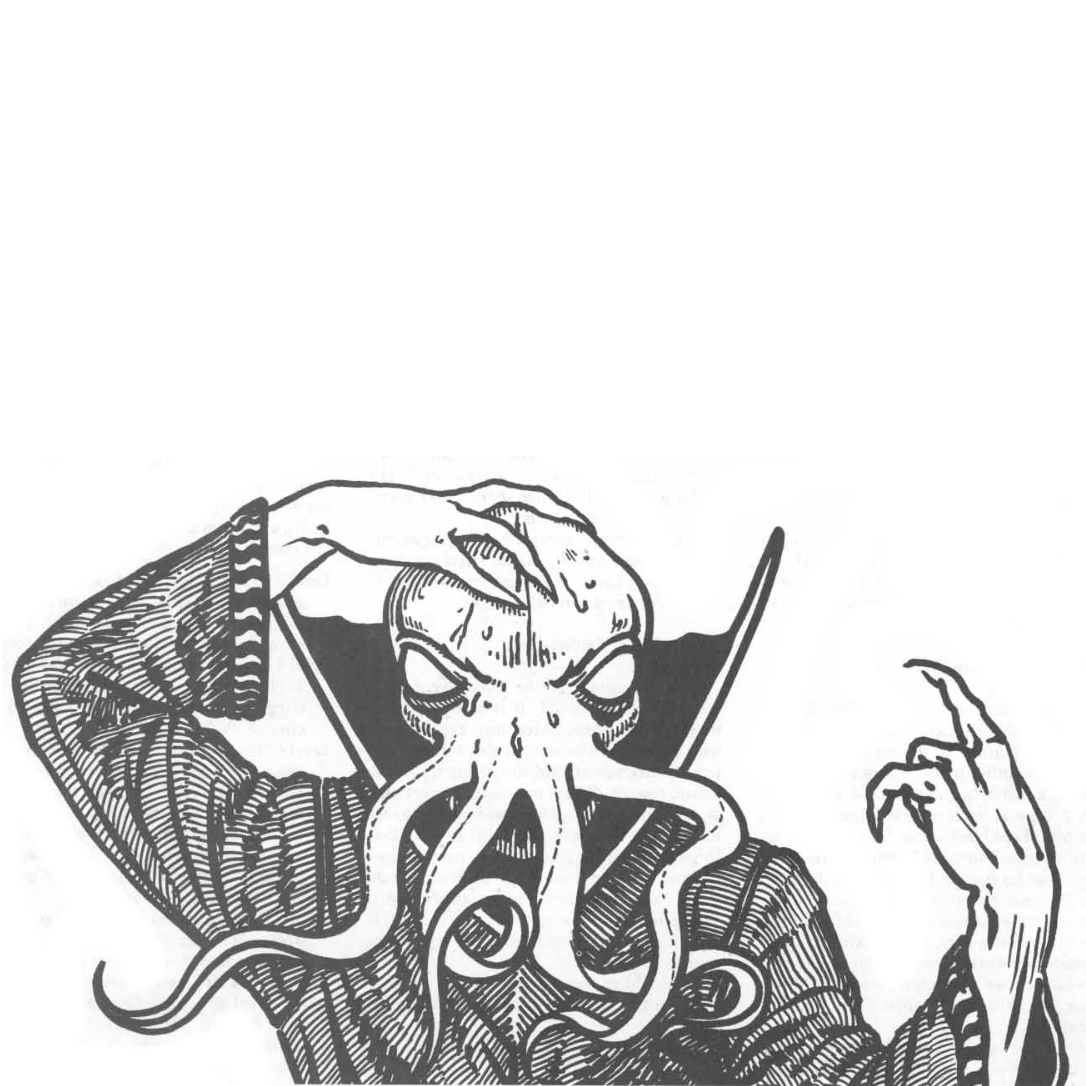I would like to talk a little bit, and hear your opinions, on something not too often mentioned when discussing action resolution mechanics and processes in tabletop roleplaying games. That is when during the process you do the roll. The endpoints on that spectrum can be called Go then Roll and Roll then Go. At their extremes
-
Go then Roll is declaring your action (I attack, I investigate etc) followed by a roll to see how well you did that action. Example: I attack the ogre - roll d20+mod vs AC - on hit do d6 damage.
-
Roll then Go often begins by declaring how you intend to tackle the obstacle (with finesse, by being offensive) followed by a roll and once you have the result of the roll you choose what is actually accomplished. Sometimes you even at this stage you say what your character actually does. Example: I directly engage the ogre with violence - roll [something] and count successes - spend successes on things in the scene such as dealing damage.
As with many other things my preference lies in the middle, a bit skewed towards Go then Roll. Most of my preferred systems lie there, Genesys and many (most?) PbtA to mention some. As I player I find myself more involved in my character’s actions and for longer. Less of a do stuff - roll - get result - hand over spotlight. It is a greater invitation to get engaged in the narrative. When GM-ing it is a bit the same, and more. Apart from dragging the players kicking and screaming into narrative responsibility (slight exaggeration) it is very insightful what the players/characters do after they have done their primary thing. After dealing damage do they got out of danger? Take the foe’s attention giving their mates space to recover? It just give me so much more.
Genesys does this by not only having success/fail in it’s roll resolution by also advantage/disadvantage. Adv/disadv can then be spent on activating abilities or changing (minor) things in the scene to mention a few options. Many PbtA have on some (many) moves “on hit choose one, on strong hit choose two” when when looking at what happens after the roll. Actually the PbtAs does this really well by presenting the result options in the same visual space as the roll mechanics, on the same move card. Visual design is game design.
Interested in hearing experiences, insights and opinions.


I think I don’t run into the conversational issues as often but I might be more willing than most GMs to retcon that a given NPC has secret info that explains why they aren’t persuaded by a given interaction. When it’s a raw attempt to ingratiate with an NPC, I always find the line of “hmm, you said all right words but this seems a bit too convenient or neat and they suspect you have an ulterior motive” to work decently well.
Of course, it could always be that I’m just bad at detecting my own bullshit 😅 Either way, on the whole, I’m very drawn to more collaborative models of role-playing and letting the players have more reign of the narrative, but I do feel like they need to be coaxed into the mindset. So many players are used to playing RPGs as though they are piloting their characters like mechs in an imagined environment—very simulationist, in other words. I want to play more like a writing room of screenwriters workshoping a story. I just need to find systems and mechanics that let players dip their toes in the water before they’re asked to swim.
“hmm, you said all right words but this seems a bit too convenient or neat and they suspect you have an ulterior motive”
Haha, I know this one. xD Used it as well, it just feels old after a while, and I dont feel well with having to shoot down a cool line juest because the dice said so. On the other hand, there are players, who could be upset by this, because they are less sociable, and rely on their charisma/whatever rolls to get the argument done, so roll then go feels more fair overall.
Yeah, I get this, people are just being forced into certain habits by their first system (typically DnD nowadays), and its hard to set them free from them. I needed years to get rid of the gamey approach towards ttrpgs, but I believe as the time flies by people just get bored by goblin slaying and realise there are more to this rpg stuff.
As for systems, I can strongly recommend a PbtA based game, City of Mists. It gives players a lot of control over their own actions, its kind of a superhero setting, and its very generic, so you can introduce your team into it woithout problems, you can adapt any major superhero setting they like, so they feel faimliar with it. Sessions come off like episodes of a superhero show, and I think its really cool.
I’ll have to give that a try! I had heard of Masks but it’s a testament to how popular pbta is that it has several superhero systems 😅